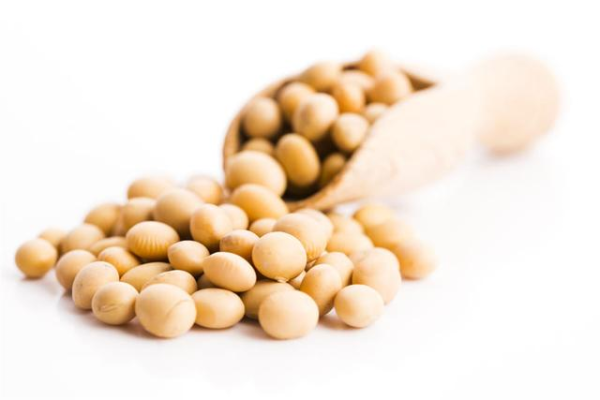Protein is the material basis of all life, an important part of body cells, and the main raw material for human tissue renewal and repair. Every tissue of the human body: hair, skin, muscles, bones, internal organs, brain, blood, nerves, endocrine, etc. are all composed of protein, which accounts for 16% to 20% of the body weight, that is, a 60kg adult in the body. About 9.6~12kg of protein.
What is the role of protein in the human body?
1. Structural matter The human body is composed of tens of trillions of cells. Cells can be said to be the smallest unit of life. They are in a never-ending metabolic process of aging, death and regeneration. For example, the epidermis of young people is renewed every 28 days, while the gastric mucosa is completely renewed in two or three days. Therefore, if a person’s protein intake, absorption, and utilization are all good, then the skin is shiny and elastic. On the contrary, people are often in a sub-health state. After tissue damage, including trauma, cannot be repaired in time and with high quality, it will accelerate the decline of the body.
2. Carrier transportation
Maintain the normal metabolism of the body and the transport of various substances in the body. Carrier proteins are essential for maintaining the normal life activities of the human body. Various substances can be carried in the body. For example, hemoglobin—transports oxygen (the red blood cell renewal rate is 2.5 million per second), lipoprotein—transports fat, receptors on cell membranes, and transport proteins.
Maintains the balance of osmotic pressure in the body: albumin. Maintain the acid-base balance of body fluids. Constitute the neurotransmitters acetylcholine, serotonin, etc. Maintains normal functioning of the nervous system: taste, vision and memory.
3. Antibody immunity
There are white blood cells, lymphocytes, macrophages, antibodies (immunoglobulin), complement, interferon, etc. Updated every seven days. This force is strong when protein is plentiful and can be increased by a factor of 100 within hours when needed.
4. Enzyme catalysis
Various enzymes that constitute the essential catalytic and regulatory functions of the human body. Our bodies have thousands of enzymes, each of which can only participate in one biochemical reaction. More than a hundred biochemical reactions take place in human cells every minute. Enzymes can promote the digestion, absorption and utilization of food. When the corresponding enzymes are sufficient, the reaction will proceed smoothly and quickly, and we will be energetic and less likely to get sick. Otherwise, the response is slowed or blocked.
5. Hormone regulation
It has the physiological activity of regulating various organs in the body. Insulin is synthesized from a molecule of 51 amino acids. Growth hormone is synthesized from 191 amino acid molecules (not related to growth hormone).
6. Energy substances
Provide energy for life activities.

What are the sources of protein in life?
The protein intake is generally 1g per kilogram of body weight per day, but for growing children and pregnant women, the amount of protein has increased, generally about 1.5g per kilogram of body weight per day.
High-protein foods, one is animal protein: such as milk, animal meat, poultry meat, eggs, fish, shrimp and other animal protein; the other is vegetable protein: such as soybeans, soybeans, green beans and black beans and other beans, sesame , melon seeds, walnuts, almonds, pine nuts and other dried fruit vegetable protein.
There are many protein powders on the market, how do we choose?
There are three main protein powder raw materials in the market today: whey protein, soy protein, and pea protein.
A. Whey protein is a protein extracted from milk. It has the characteristics of high nutritional value, easy digestion and absorption, and contains a variety of active ingredients. It belongs to animal protein, so vegetarians cannot eat it. At the same time, because it comes from milk, It is an allergen food, so people who are lactose intolerant should not eat it.
B. Soybean protein is extracted from soybean and has high nutritional value. The protein contained in the protein contains sufficient “essential amino acids” and complete components. It belongs to “high-quality protein” and contains a unique physiologically active substance— Isoflavones also have a cholesterol-lowering effect.
Depending on the protein content, soy protein is divided into three types: 1) Soy protein powder, with a protein content of 50-65%; 2) Soy protein concentrate, with a protein content of 65-90%; 3) Soy protein isolate, with a protein content of more than 90%.
C. Pea protein is extracted from peas, and its nutritional value is second only to soybean protein among vegetable proteins. It contains essential amino acids required by the human body in appropriate proportions. Peas themselves are non-GMO, allergen-free, estrogen-free, their amino acid composition is similar to whey protein, and they are cholesterol-free.
The protein content of pea protein is usually 80%-85%, and currently there is no more than 90% content. Pea protein isolate is pea protein.
